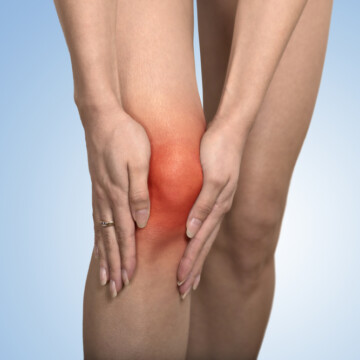
When it comes to recreational activities, you might think that bowling wouldn’t be on the list for someone with a torn ACL. After all, bowling is a low-impact sport and doesn’t involve running or jumping.
However, that doesn’t mean someone who has suffered an ACL tear can’t bowl. In fact, many people with torn ACLs continue to play recreational sports after surgery without any issues (with the right precautions in place).
If you have a torn ACL and want to know if you can still bowl, then this article will help you discover the answer as well as provide some insight as to whether or not this is something you should consider doing. Let’s get started!
Contents
- 1 Can You Bowl With a Torn ACL?
- 2 What Is a Torn Anterior Cruciate Ligament (ACL)
- 3 How Can I Treat a Torn ACL?
- 4 Is Bowling Bad for You if You Have a Torn ACL?
- 5 Can You Tear Your ACL Bowling?
- 6 What Symptoms Should a Bowler Monitor if They Have a Torn ACL?
- 7 Can Bowling Make a Torn Anterior Cruciate Ligament Worse?
- 8 How to Bowl With a Torn ACL
- 9 What Activities Should You Avoid if You Have a Torn ACL?
- 10 What Activities Can You Do if You Have a Torn ACL?
Can You Bowl With a Torn ACL?
Yes, you can bowl with a torn ACL after you’ve had surgery to repair the ligament. After surgery, you’ll typically be required to avoid any activities that require you to plant your foot and pivot. This includes running, jumping, and even squatting.
Most people who have a torn ACL are advised to avoid these activities for at least 6-8 weeks after surgery. Once you’ve reached that point, you can slowly introduce some of these activities back into your routine.
Once you’ve reached the point where and when you’re confident in your ability to pivot without stressing your knee, then you can enjoy a game of bowling.
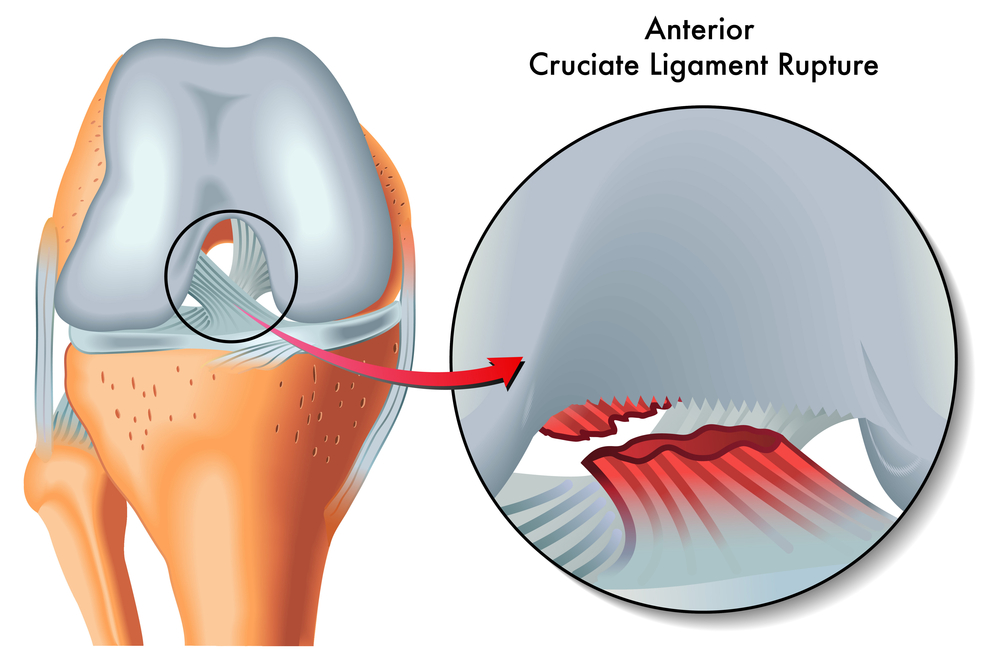
Key Takeaways
- ACL Recovery and Bowling: After ACL surgery, patients can bowl, focusing on the gradual reintroduction of activities that don't stress the knee, such as pivoting or squatting, typically 6-8 weeks post-operation.
- Understanding ACL Injuries: The ACL (Anterior Cruciate Ligament) connects the femur to the tibia, preventing backward knee bending, which is commonly injured in sports through direct impact or awkward movements.
- Treatment Options for Torn ACL: ACL injuries can be treated via reconstruction, replacing the ligament with a graft, or repair surgery with techniques like single-bundle, double-bundle, or all-inside ACL repair.
- Bowling with an ACL Tear: With precautions like using a knee brace and choosing the right ball weight, bowling can be adapted to avoid further injury to the ACL, enhancing stability and minimizing knee strain.
- Activities to Avoid and Pursue: Post-ACL tear, avoid high-impact sports and sudden stops. Engage in low-to-moderate impact sports like cycling, swimming, and bowling, with appropriate precautions and proper technique.
What Is a Torn Anterior Cruciate Ligament (ACL)
The ACL is a ligament that is located in the middle of your knee. Its main function is to connect your femur (upper leg) to your tibia (lower leg), and it’s responsible for preventing your knee from bending backward.
The ACL is often injured during contact sports such as soccer, basketball, football, rugby, and hockey. In fact, it’s estimated that approximately three out of every 10 athletes who participate in these sports will suffer an ACL injury at some point in their career.
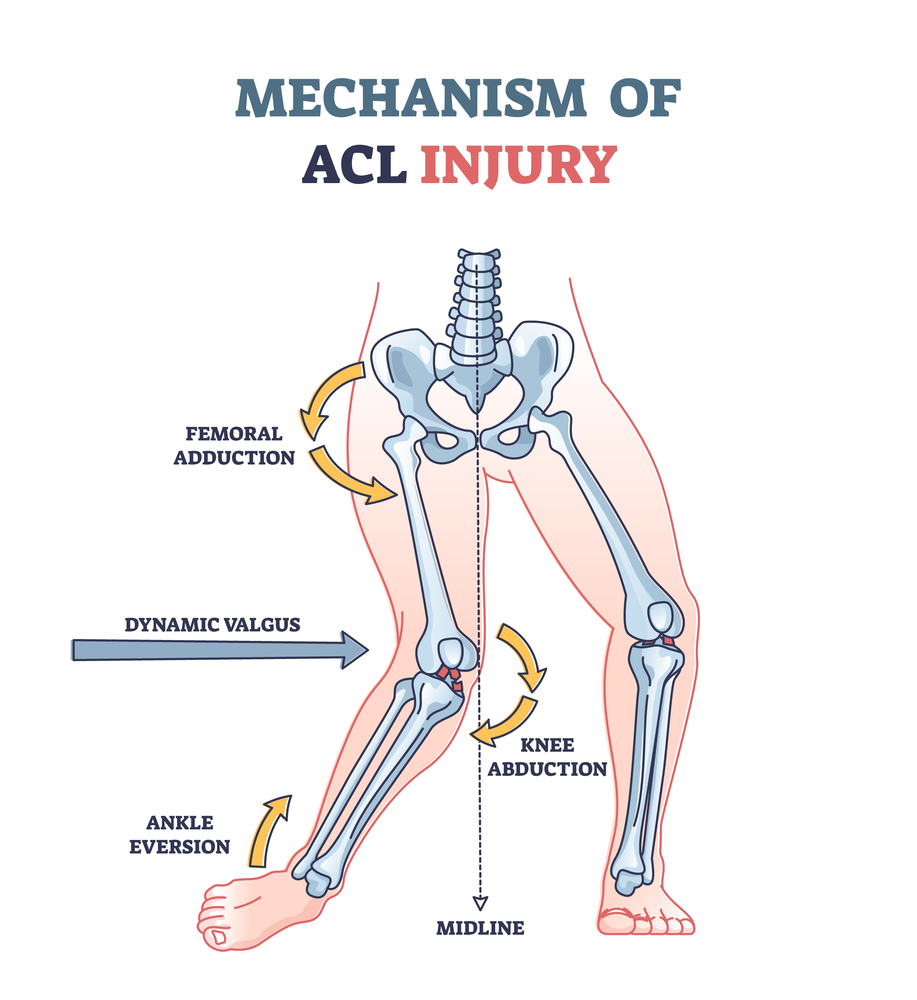
The ACL can be injured in one of two ways:
- The first is an anterior dislocation of the knee (a tear of the ACL and/or PCL)
- The second is a posterior tear of the ACL.
If you have a posterior tear of the ACL, then you’ll experience symptoms such as instability, pain, and a feeling that your knee is “giving out” on you.
If you have an anterior tear of the ACL, then you’ll likely experience pain and swelling in your knee as well as a feeling of instability.
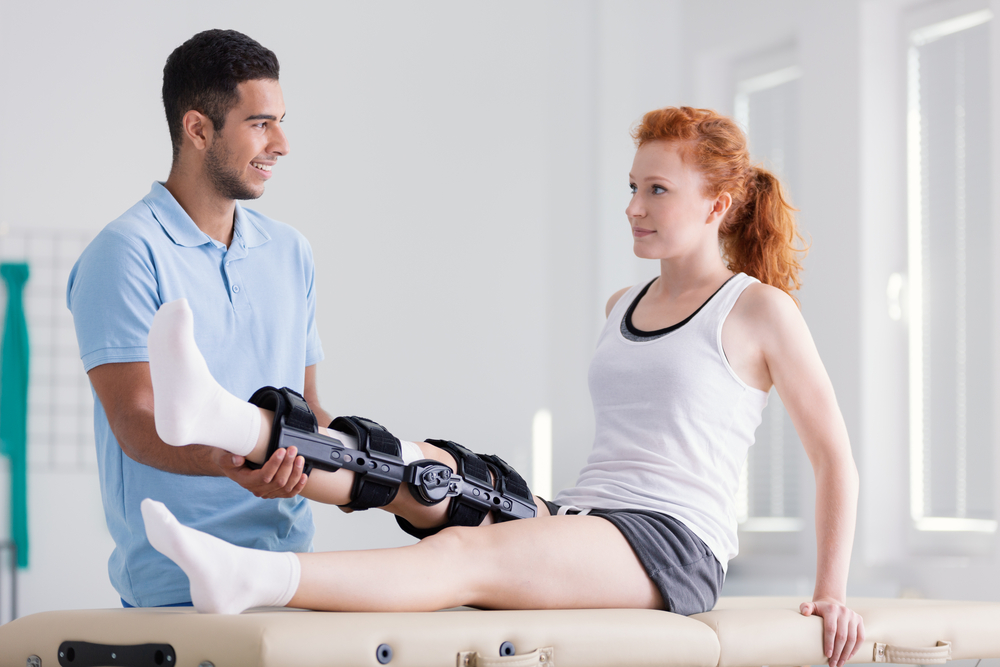
How Can I Treat a Torn ACL?
If you’ve suffered a tear to your ACL, you’ll have two options when it comes to treatment:
You can either have an ACL reconstruction surgery or an ACL repair surgery. If you decide to undergo ACL reconstruction surgery, your surgeon will likely do a knee replacement. They'll a graft to replace your torn ACL with a new ligament.
A graft is basically a piece of tissue that is taken from another part of your body. The most common grafts that are used to repair a torn ACL are your patellar tendon and your hamstring tendon.
For ACL repairs, your surgeon will likely employ one of three different surgical techniques to repair your ACL. The first is known as a “single-bundle” ACL repair, the second is a “double-bundle” ACL repair, and the third is an “all-inside” ACL repair.
Is Bowling Bad for You if You Have a Torn ACL?
While there is a lot of debate about whether or not bowling is bad for you if you have a torn ACL, it’s important to note that each ACL injury is unique.
This means that not every ACL tear will have the same impact on your bowling game. Given the fact that there are different types of ACL tears, it’s unlikely that all of them will have an adverse impact on your bowling game.
In fact, if you have a posterior tear of the ACL, you may actually find that bowling is easier than before your injury. The main thing that all ACL injuries have in common is that they create instability in the knee joint. This instability can cause your knee to “give out” if you’re not careful.
It’s important to note that if you bowl with a torn ACL, your knee will likely be more unstable than if you didn’t have a tear. Be aware of this and take precautions to keep your knee safe while you bowl. If you have a posterior tear of the ACL, you may actually find that your instability decreases.
This is because the posterior tear may have allowed your knee to become more stable than before your injury.
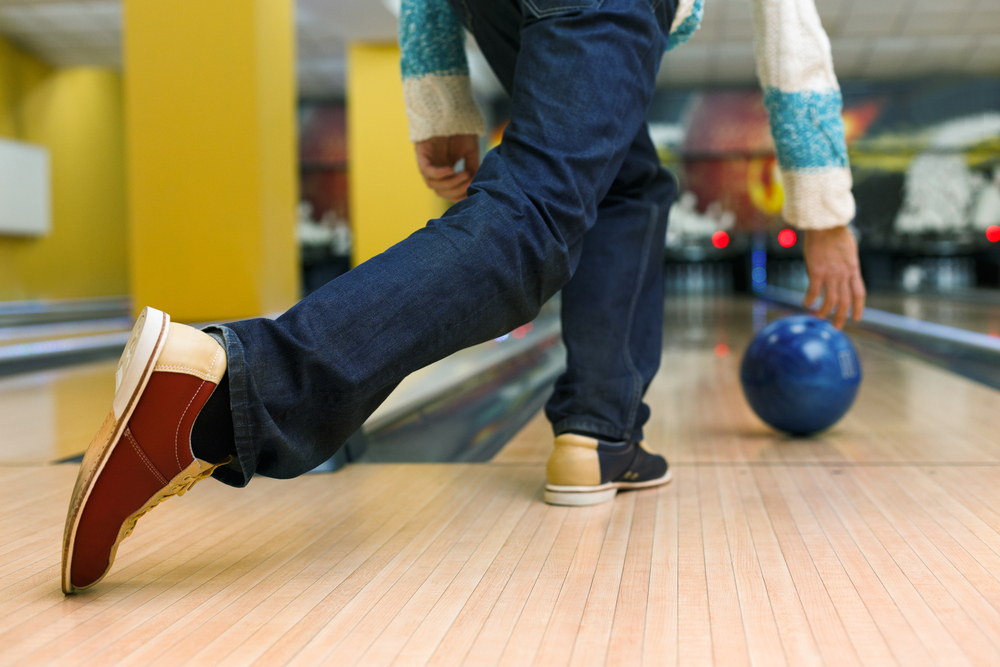
Can You Tear Your ACL Bowling?
It’s possible to tear your ACL while bowling, but it’s rare. The ACL, or anterior cruciate ligament, is one of the four major ligaments that provide stability to the knee. The ACL can become injured by turning or twisting your knee too far.
A bowling injury can damage the ACL and the surrounding tissues. The ACL can be injured by a direct blow, chronic wear and tear in meniscal tears, or from twisting or turning your leg in an awkward position. It is easy to injure your ACL bowling as you have little control over the ball when bowling.
What Symptoms Should a Bowler Monitor if They Have a Torn ACL?
If you have a torn ACL, there are a number of symptoms you should watch out for when bowling. These include:
- Rapid swelling: A lot of people don’t realize that swelling is normal after surgery while you are still in the healing process. However, if you experience significant swelling in your leg or knee, it could be a sign that your ACL tear is worse than expected or that you haven’t been treating it properly.
- Severe pain: If you experience significant pain when bowling, it could be a sign that your ACL tear is worse than expected or that you aren’t bowling correctly. Your doctor will be able to give you a better idea as to the severity of the tear based on your symptoms.
- Limping: Lots of people limp when they have a torn ACL, but the degree to which you are limping and how long you are limping could be signs that you are bowling incorrectly or that your tear is worse than expected.
- The sensation of giving way or buckling in your knee.
- Difficulty walking.
Can Bowling Make a Torn Anterior Cruciate Ligament Worse?
Despite it being a low-impact sport, some people with torn ACLs are concerned that bowling will make their injury worse. While it’s certainly possible that your injury could worsen, it’s also possible that it could improve.
Everyone heals differently, and while some people experience significant improvement after ACL surgery, others experience only moderate improvement.
As someone who is still in the healing process after surgery, your body needs to be able to handle the increased stress of bowling. If bowling puts too much stress on your knee, you could cause additional injury or make your existing ACL tear even worse.
However, you can reduce your risk of worsening your ACL tear by taking the following precautions:
- Exercises to help strengthen the core. The strengthening of the pelvis, hips, and lower abdomen will help you to avoid moving the knee inward during a squat.
- Do exercises that strengthen your leg muscles to ensure an overall leg balance.
- Use proper training and exercise techniques keeping in mind the knee position when bowling.
- Avoid bowling on a slick or slippery lane – Instead, choose a lane with a synthetic surface that is reasonably dry.
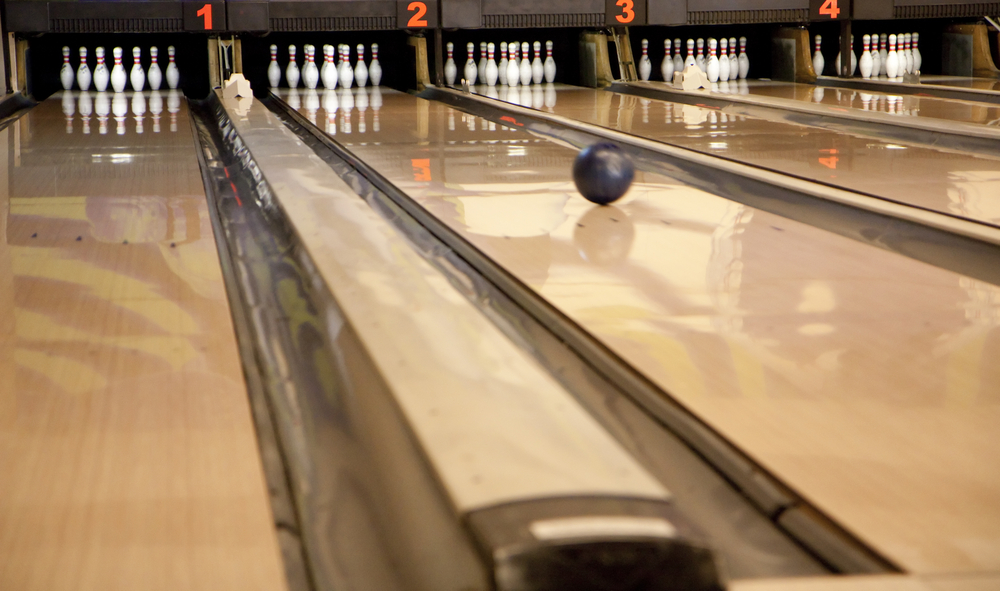
How to Bowl With a Torn ACL
If you have recently torn your ACL and you want to continue bowling, you need to make a few adjustments to your technique if you want to minimize your risk of worsening the injury.
Remember, you are still in the early stages of the healing process after ACL surgery, so you need to be extra careful while bowling.
Here’s what you should do:
- Find a lane that has a synthetic surface: Although you can bowl on a wooden lane, you’ll want to avoid lanes with higher oil content.
- Use the correct ball weight: If you’re able to lift 10 pounds with your injured leg, choose a ball that weighs between 10 and 16 pounds.
- Keep your knees bent: Avoid locking your knees while bowling, and make sure to bend your knees slightly during your approach.
- If you have a torn ACL, it’s important to wear a hinged knee brace: This type of brace has hinges that allow it to move with your knee as you walk or bend. It also provides support to help protect your ACL from further damage. You should also rest as much as possible to reduce swelling and inflammation.
| Aspect | Details |
|---|---|
| Post-Surgery Bowling | After 6-8 weeks post-surgery, gradually reintroduce low-stress activities like bowling. |
| Understanding ACL Injuries | ACL connects the femur to the tibia, essential for knee stability, commonly injured in sports. |
| Treatment Options | Options include ACL reconstruction (using a graft) or repair surgery (single, double-bundle, or all-inside). |
| Bowling Adaptations | Use a knee brace, select the correct ball weight, and ensure proper technique to avoid further injury. |
| Recommended Activities | Engage in low-to-moderate impact sports like cycling, swimming, and bowling, with proper precautions. |
| Activities to Avoid | High-impact sports and activities that involve sudden stops or put excessive stress on the knee. |
What Activities Should You Avoid if You Have a Torn ACL?
At the same time, you also want to avoid activities that put too much stress on your ACL tear. While this list will vary from person to person, it’s a good idea to avoid the following activities if you have a torn ACL:
- Strongman training: Strongman training is incredibly popular among athletes, but it comes with its own set of risks. If you are still in the early stages of healing from ACL surgery, it’s best to avoid strongman training altogether.
- Sudden stops: Whether you’re playing soccer or basketball, sudden stops pose a lot of risks. While it’s possible to play these sports while still healing from ACL surgery, you need to take special precautions to avoid re-injuring your knee.
What Activities Can You Do if You Have a Torn ACL?
Fortunately, there are lots of recreational activities that you can do while you are healing from ACL surgery.
If you have a torn ACL, you can do the following activities:
- Low-impact sports: These types of sports will put minimal stress on your knee while still providing you with a good workout. Some examples include cycling, swimming, and rowing.
- Moderate-impact sports: Again, these sports shouldn’t put too much stress on your knee but will provide you with a good workout. Some examples include golf, bowling, and racquetball.
With the right precautions in place, you can continue to play recreational sports even if you have a torn ACL. Extra precautions are necessary while you are healing from ACL surgery.
However, that doesn’t mean that you need to give up on recreational sports. With a little extra effort and planning, you can continue to enjoy the benefits of these activities even while healing from ACL surgery.
Related Articles
- Best Knee Brace for Bowling
- Is Bowling Good Exercise?
- What Type of Physical Benefits Can Be Obtained From Bowling
My Final Words
It's entirely feasible for individuals to engage in bowling after their ACL recovery season with the proper precautions. After undergoing surgery, once you're in the clear to resume physical activities slowly, bowling is a fine choice for keeping your legs active without putting undue stress on your knees. It's crucial, however, to ensure you're wearing appropriate shoes that offer stability and grip, reducing the risk of slipping or unnecessary strain that could hamper your recovery. Many have successfully returned to their bowling leagues by making these adjustments, demonstrating that you can continue to enjoy bowling while ensuring your ACL heals properly with careful management and the correct gear.
Kira Byrd, a Certified Fraud Examiner, holds a B.S. in Accounting from the University of Alabama at Birmingham. With a passion for bowling from her childhood, Kira has poured her expertise and personal experiences into creating and nurturing Bowling For Beginners. Kira's mission is to meet new bowlers where they are and guide them toward consistently achieving higher scores. With a focus on skill development and strategic techniques, she empowers readers to take control of their game and unlock their true potential.
Bowling For Beginners embodies strict editorial integrity, ensuring reliable and unbiased information. Kira's commitment to delivering valuable insights and practical strategies is reflected in every article. Here's an explanation of our editorial policy and how we get money.



